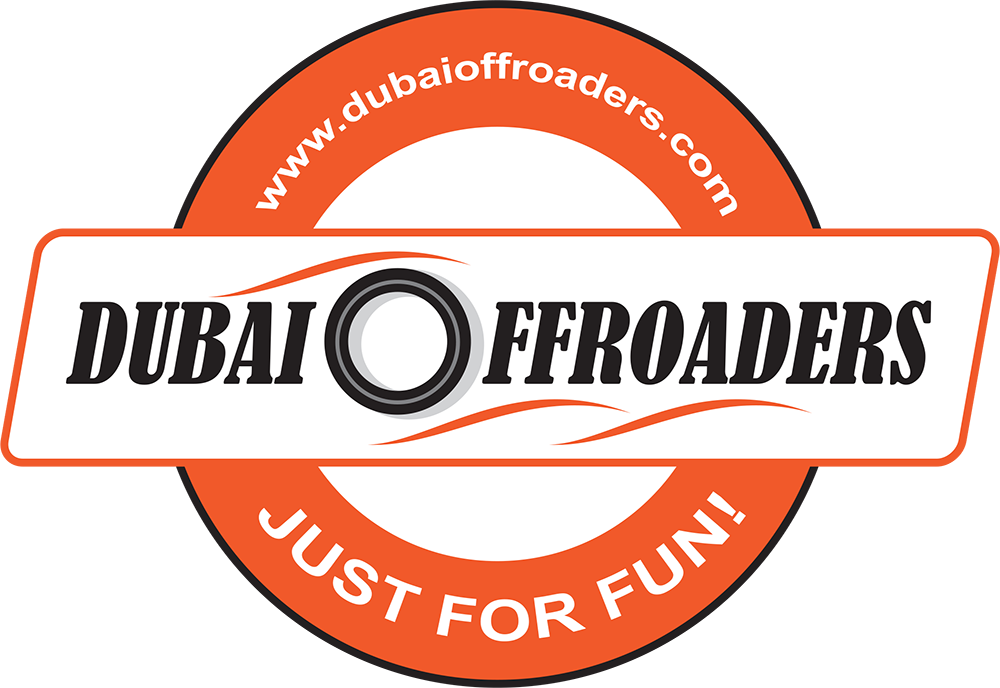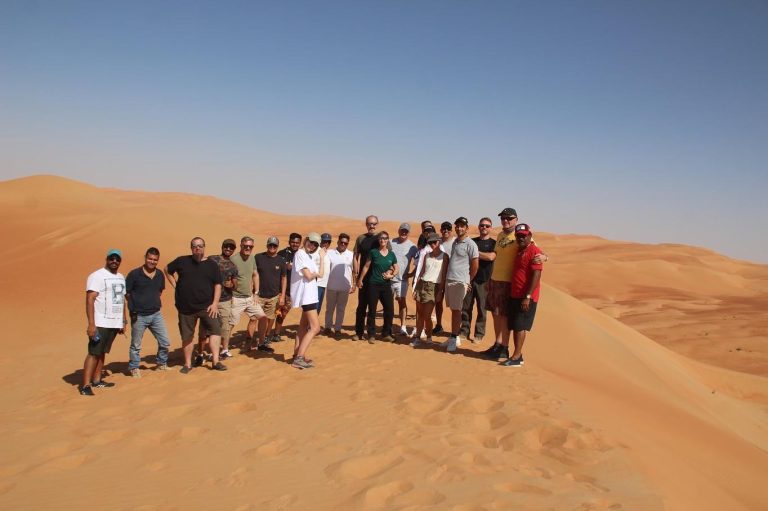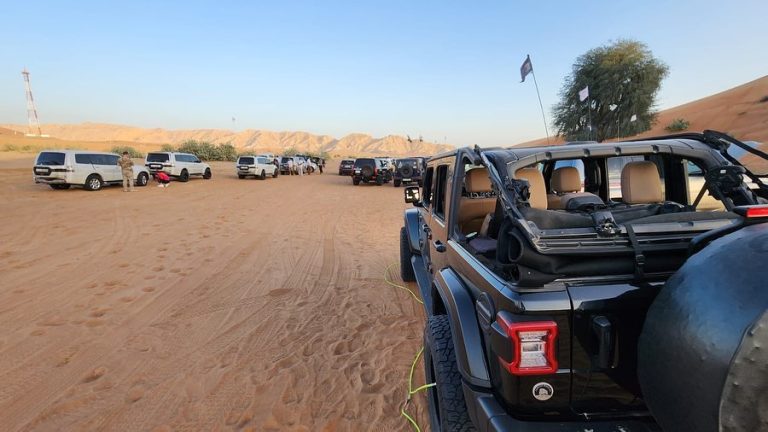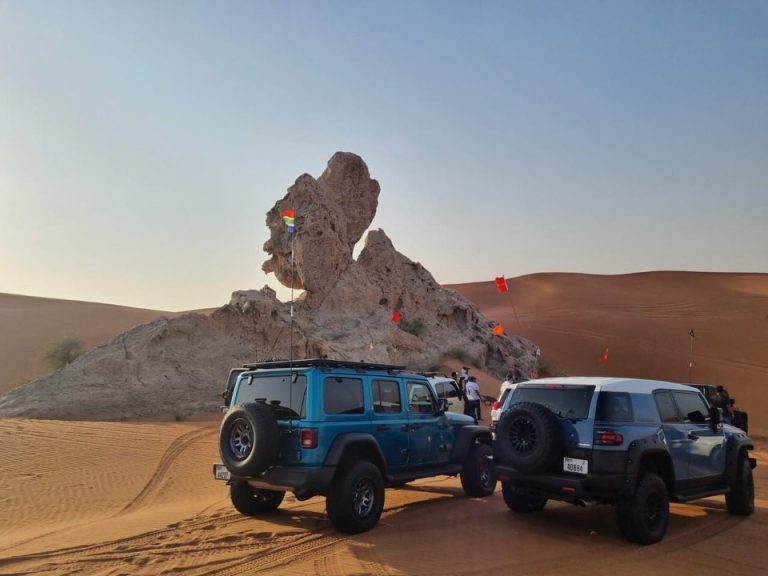THIS IS AN ADVENTURE SPORT AND THINGS CAN GO WRONG VERY FAST.
The Three most important pointers.
a. Safety
b. Safety
c. Safety
Always use recovery equipment as it has been designed to be used and NEVER use it if it’s damaged in any way.
Check all surroundings and make certain by-standers stay clear and out of the way in case something breaks or does go wrong.
Always use equipment rated to a load heavier than needed and maintain everything in a good working and CLEAN order.
Snatching:
The most common recovery method is snatching, though I think it is done too often and abused. I prefer to always look for another way to recover first as snatching puts immense forces and loads on equipment and vehicles.
Always make sure you use a rated recovery point on your vehicle, never use a tow ball, bumper bar, bull bar (unless it is designed with rated recovery hitches) or vehicle tow hoop. I often see people use the tie-down/tow points on their cars and this is very dangerous. It can shear off and become a projectile or cause chassis damage, this is also why you never use a tow ball as well.
When using a snatch strap make sure it’s rated for the vehicle you are going to recover and use rated bow shackles, attach these to your recovery points and DONT over tighten the bow shackles! Do them up completely but not tight as you will find them difficult to get undone often after a recovery. The method is simple both vehicles should be running and normally use 2nd low range. You don’t normally need much speed at all so a gentle take off is more than enough as soon as the strap has no slack the bogged vehicle should also engage gear and SLOW accelerate keeping wheel spin to a min.
Let the store energy in the strap do the work and the car will snatch free, always clean your straps before storing them away for the next time. ALL 4WD’s should carry their own basic kit and gear rated to their vehicle.
A good pair of riggers gloves, snatch strap, min 2 x bow shackles, strap dampener (a towel or bit of heavy clothing can be used). If you have 2 recovery point use them BOTH, this means getting an equalizer strap which attaches to each point with a bow shackle and you slide the snatch strap onto it and then attach the other end to the recovery vehicle also using a bow shackle.
You can use a tow bar safely as a snatch point but NOT the tow hitch or tow ball, if you use the tow bar use a rated locking pin in the tow hitch receiver and attach the snatch strap to that or buy a tow hitch receiver recovery hitch.
Self-Recovery:
Winching is often used, either Electric or Hand Winch.
Whenever winching always try to use a pulley/snatch block to halve the working load and effort, always use a cable dampener or heavy clothing/blanket on the cable. Again, rated recovery points and bow shackles ONLY, make sure all by-standers move well away and stay clear. Buy winches designed for the task of 4WD recovery, not load shifting or lifting small winches or boat winch’s etc. If using a tree make sure to use a tree protector and snatch pulley, if your winch uses cable make certain to wear riggers gloves.
If a cable is damaged NEVER use it, it’s just common-sense folks. It will and can save lives and expensive repair bills.
A good long handled shovel is one of the best recovery tools you can carry, whenever you need to recover also dig out what is directly in front of your wheels and whatever your car is stuck on if you can. You should always walk a difficult part of a track first giving thought to your vehicle and its clearance and underbody.
Think about where to place your wheels and where things may get hung up or stack and look to road build BEFORE committing to driving the track. This will make things easier, safer and most likely save you from needing a recovery. If a rut is too deep, it’s still often the best place to travel so maybe filling it in enough for your vehicle to get through. If there is a big hole fill it with a few rocks or sand, always a good idea with any vehicle but a very good idea with IFS vehicles as they have more limited articulation than other suspension types.
The idea is to make sure you have a surface your tyres can stay in contact with, thus limiting the need for recovery, people ask why do I talk about this in a recovery section?
Well it’s being pro-active and doing your recovery work before your stuck making things easier, safer and often just as much or more fun and limiting environment and track damage.
This also means less damage to your vehicle and tyres which saves you money, so it all makes good sense







